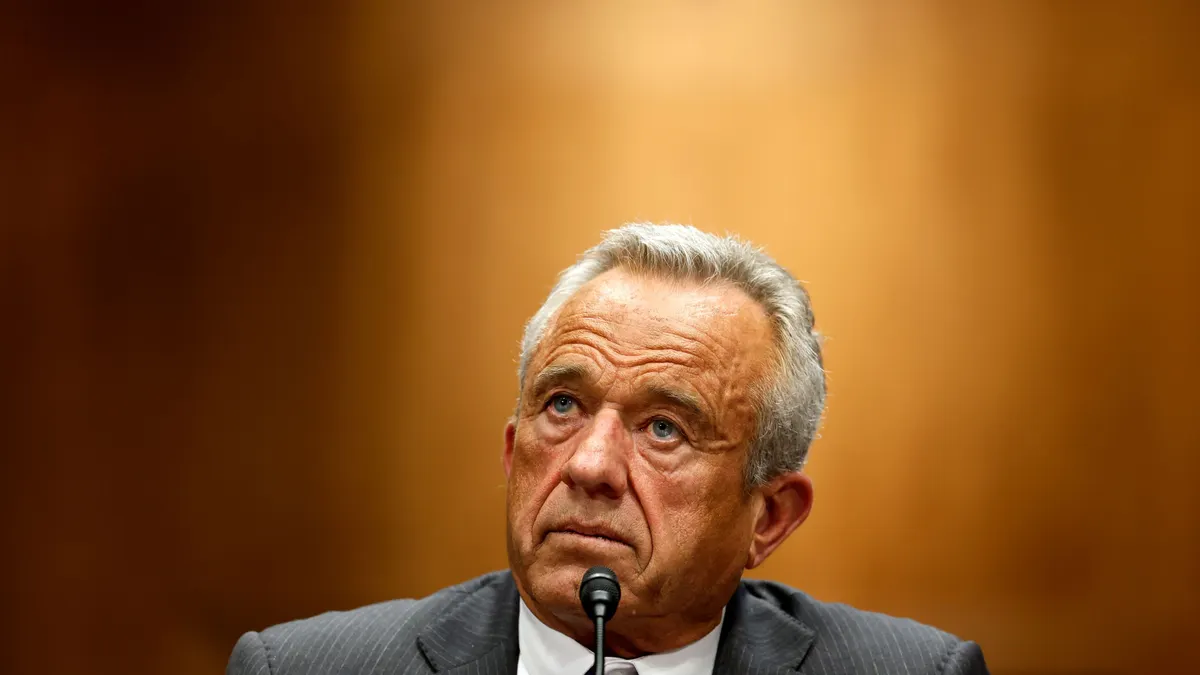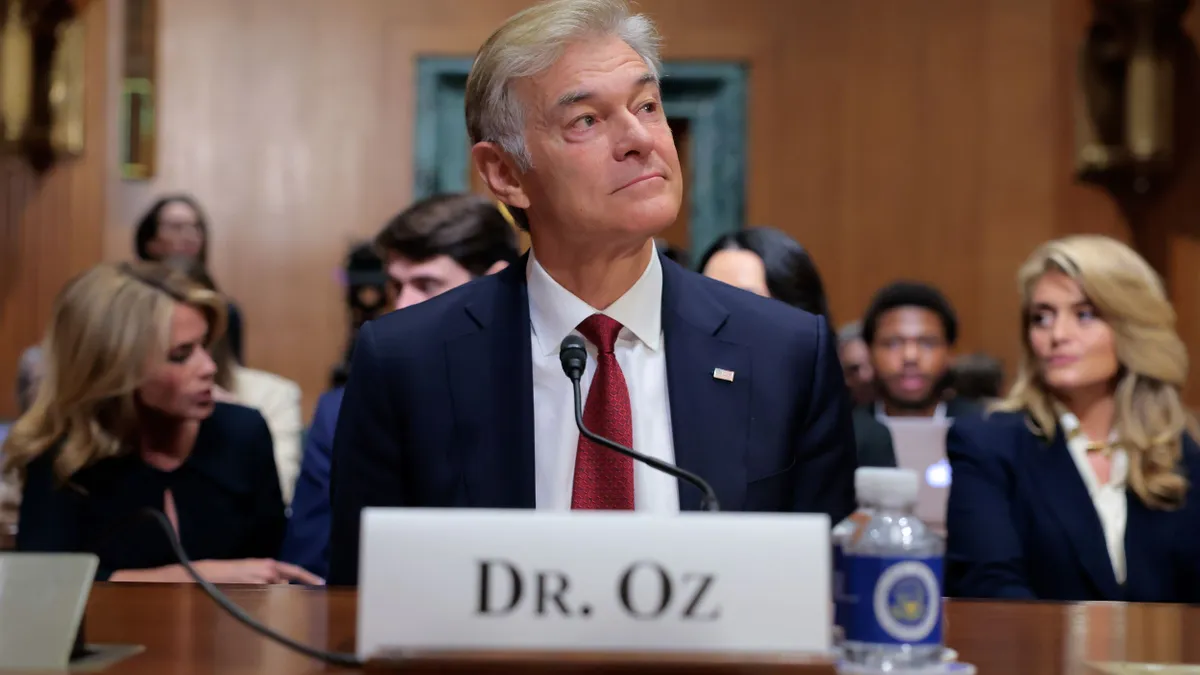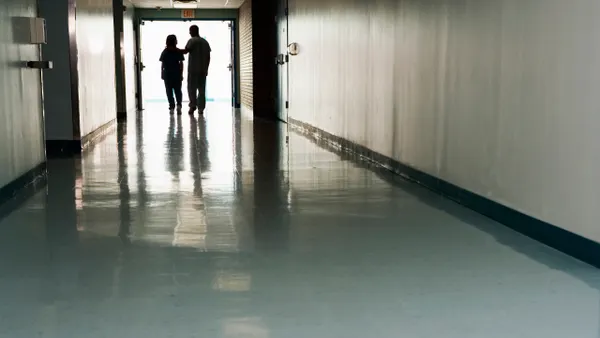Dive Brief:
- Blue Cross and Blue Shield plans have agreed to pay $2.8 billion to millions of hospitals, physicians and providers to settle allegations that they colluded for years to lower reimbursement.
- The final settlement, which comes after more than 12 years of litigation and nine years of negotiations, was approved Tuesday by an Alabama district judge.
- The settlement also includes structural reform meant to increase competition, including lifting the BCBSA’s rule preventing more than one Blues plan in a service area and changes to the Blues’ electronic claims network and technical systems that should make them more transparent and efficient. All told, the reforms bring the value of the settlement to an estimated $17.3 billion.
Dive Insight:
In 2012, providers sued the Blue Cross and Blue Shield Association and its 33 member plans for allegedly conspiring to decrease provider payments.
Specifically, providers took issue with Blues plans’ use of “exclusive service areas,” which prevented Blues plans from selling policies outside of a set geographic location — essentially creating a monopoly that allowed the one local Blue plan to drive up prices.
Providers also complained about the BlueCard program, Blues plans’ electronic network for claims processing and reimbursement. The program allows providers to submit claims for patients covered by another Blues plan to their local Blue insurer. However, providers said the portal was complex and inefficient, driving up their costs and making it harder for them to get full payment for their services.
Settlement discussions began in 2015 and stretched for almost a decade before the parties preliminarily adopted the settlement late last year. It’s the largest of its kind in the healthcare industry, according to the plaintiffs’ lawyers.
The $2.8 billion settlement — after covering attorney’s fees and other expenses — will be distributed between the more than 3.3 million providers that may be part of the class. $1.8 billion is allocated for healthcare facilities and $152 million for medical professionals.
Also key are stipulations forcing Blues plans to change their operations to address longstanding provider concerns. Along with lifting exclusive service areas, the settlement overhauls the BlueCard program, including through a real-time messaging system and prompter payment from Blues insurers.
Providers’ day-to-day interactions with Blues plans should also improve under the settlement due to reforms that will make more data available to providers and standardize prior authorization requests, according to the judge.
“The relief secured by the Provider Plaintiffs with this Settlement — both monetary and non-monetary — reflects an excellent result for the Settlement Class,” Chief Judge R. David Proctor of Alabama’s northern district court wrote in his ruling Tuesday.
In a statement, a BCBSA spokesperson said the association and its member companies were “pleased” with the resolution of this case.
“As we move forward, we remain focused on the goal we have had for more than 90 years: improving access to high-quality, equitable and affordable health care for the people and communities we serve,” the spokesperson said.
Still, the settlement is not the final word in the litigation. Almost 6,500 providers have opted out of the agreement, including some hospitals owned by major health systems like Mayo Clinic and Providence. In March, dozens of providers filed new suits against the BCBSA and its members seeking greater relief than what’s provided in the agreement approved Tuesday.
The agreement follows another $2.7 billion settlement that the BCBSA agreed to in 2020 to resolve similar antitrust claims brought by employers and members of Blues plans. That settlement also required the BCBSA to change its rules to allow employers to seek competing bids from different Blues payers. Though some litigants, including The Home Depot, objected to that settlement’s terms, the Supreme Court declined to hear the challenge.















